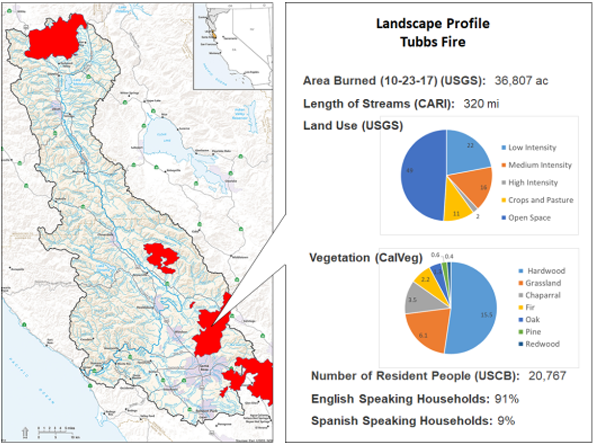Russian River Watershed Projects at the San Francisco Estuary Institute
Download the flyer relating all of these materials.
*For links to these reports, go to RussianRiver.SFEI.org
|
Understanding the Present |
|---|
|
Dates:
2015
Partners:
Russian River Watershed Association
Laguna de Santa Rosa Foundation
Sonoma Ecology Center
Sonoma Co. Ag. Preservation & Open Space Dist.
Sonoma County Water Agency
Sonoma County Resource Conservation District
North Coast Regional Water Quality Control Board
California State Water Resources Control Board
California Department of Fish and Wildlife
U.S. Environmental Protection Agency
U.S. Bureau of Ocean Energy Management
U.S. National Marine Fisheries Service
California Natural Resources Agency
Associated Staff:
Associated Data:
Programs and Focus Areas:
Clean Water Program
Environmental Informatics Program
Geographic Information Systems
Software Engineering
Resilient Landscapes Program
Historical Ecology
Wetland Monitoring & Assessment
Watershed Science & Management









